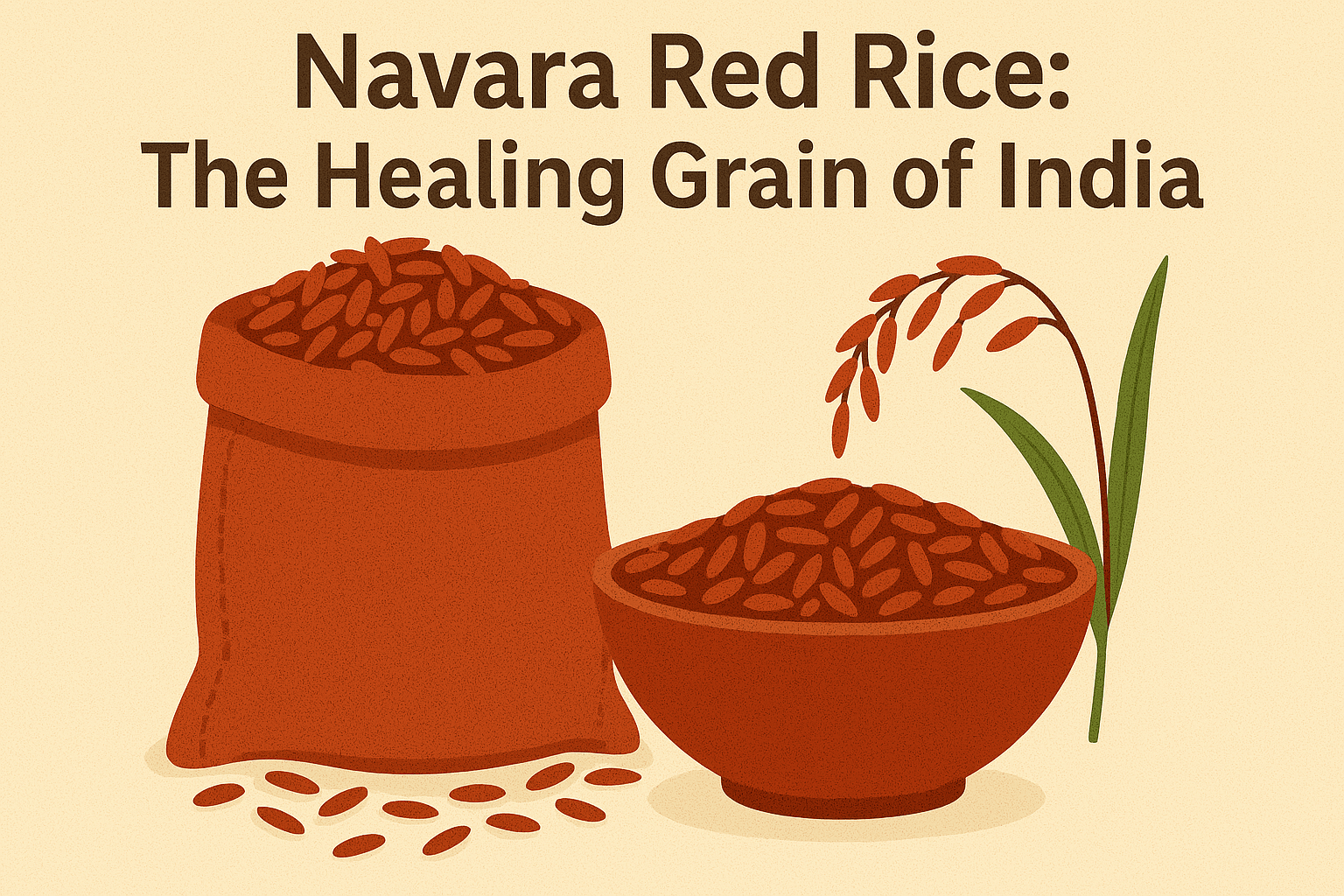Plating is an art that transforms a simple dish into a masterpiece. A well-plated dish not only looks visually appealing but also enhances the flavours and textures of the food. To understand the importance of plating, Dhanush Kumar talks to a few renowned chefs, Sourabh Aravind, who was a MasterChef Telugu top contestant, Chef Ahmed, and Chef Anil.
Sourabh Aravind
Sourabh Aravind, a top contestant on MasterChef Telugu, co-founder, and director of the Oto Kitchen. Plating is the first crucial aspect of any dish. “It’s like you go to a mall and see a dress from a distance and like it because it is exquisite to the eyes. Just like that, when a plate looks good, the customer will already start feeling that the food is good. That’s where you have ticked a box of impressing a customer,” he says.

He also notes that plating is not just putting food on a plate and calling it a day. It is a careful process of arranging the food in a way that enhances its visual appeal. Plating can involve adding decorative elements such as edible flowers, and herbs, using different textures, and creating a contrast in colours are the important elements that create interest in a dish.
He also says that there is a difference between how a home cook and a professional chef approach a dish. “A home cook doesn’t put their soul into cooking because they are distracted in one work or the other. But the professional chefs put their soul into the cooking.” A professional chef will carefully consider every element of the dish and how it can be presented in the most beautiful way possible.
Chef Ahmed
Chef Ahmed from ITC Guntur explains that plating is an essential part of the dining experience. “The guest doesn’t see what we are cooking and how we are cooking. They only see our plating and how wonderfully we have presented the dish,” he explains. The presentation of a dish can make a significant difference in how the customer perceives the meal. That’s why chefs must pay careful attention to how they present their dishes.

One of the critical elements in plating is the colours of the plate. He emphasizes that the colour of the plate should complement the dish. For instance, a bright dish can be presented on a neutral-coloured plate to make the colours stand out. On the other hand, a colourful plate can be used to make a simple dish more elegant. He also notes that the right garnish can add flavour and texture to a dish and makes it look more polished.
Chef Anil
Chef Anil who works at Oto Kitchen, Hyderabad has different views on plating. According to him, plating is given importance only in fine-dining restaurants. The presentation of a dish can influence our perception of the taste and quality of the food. That’s why, in dining restaurants, chefs must pay attention to plating because there is an element of commercialization to it.

He also says that chefs must ensure that the dish is not only classy but also healthy and delicious. He emphasizes the importance of the nutritional value of the dish. Plating may be the first impression of a dish, but it’s the nutritional value that leaves a lasting impact on our health and well-being.
He notes that home cooks are not commercialized like chefs, they are focused on feeding their families with love. On the other hand, chefs must cook with their hearts, but there is also an element of commercialization involved. Chefs must balance their love for cooking with the demands of the restaurant industry. There may be no concept of love for chefs, but they cook with heart.
How we can elevate the presentation of our dishes?

- Consider the plate: The plate is just as important as the food itself. The colour and shape of the plate can affect how the food looks and is perceived.
- Using contrasting colours: Pairing contrasting colours and textures can add depth and interest to a dish’s presentation. Think of the colour and try to pair complementary colours to make your dish more appealing.
- Keep it simple: Sometimes less is more when it comes to plating. Keep the presentation simple and let the natural beauty of the dish elevate.
- Use garnishes: Adding a garnish to a dish can make it look more polished. Use herbs, flowers, or even a sprinkle of spice to add a finishing touch.
Conclusion:
The art of plating is all about creating an experience for the diner. The presentation of the dish can set the tone for the entire meal and it can affect how the food tastes. By paying attention to the elements of plating, and playing with colours and textures, we can elevate the presentation of our dishes and make them even more delicious.
























